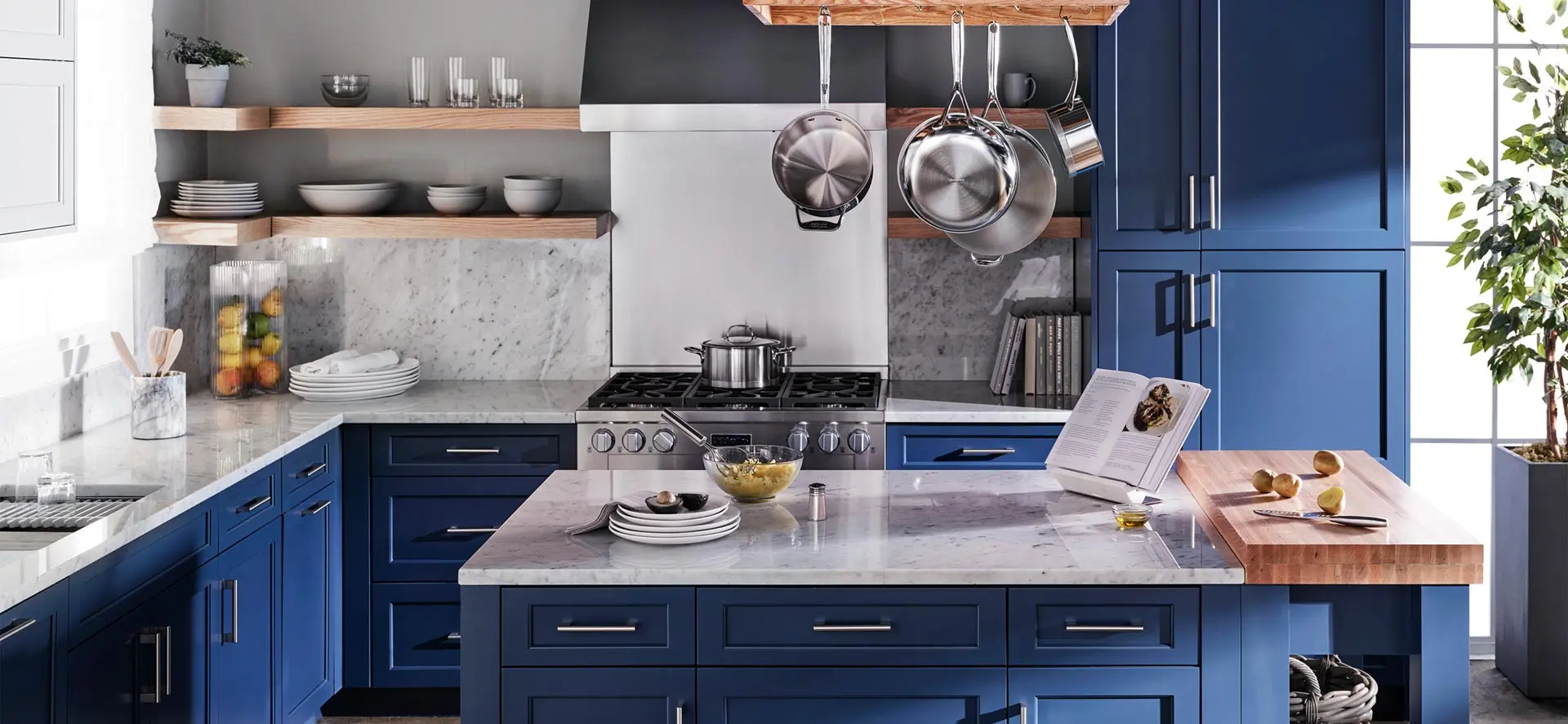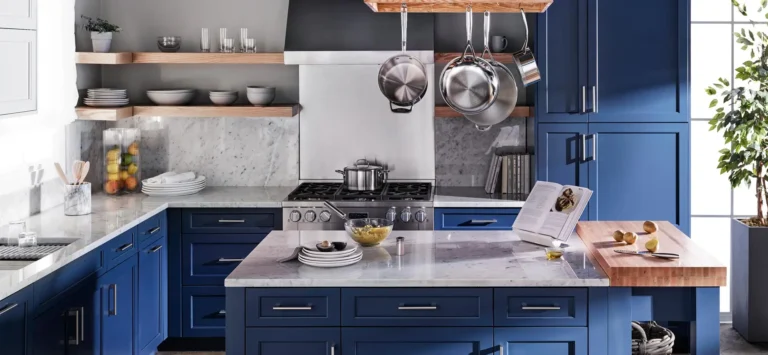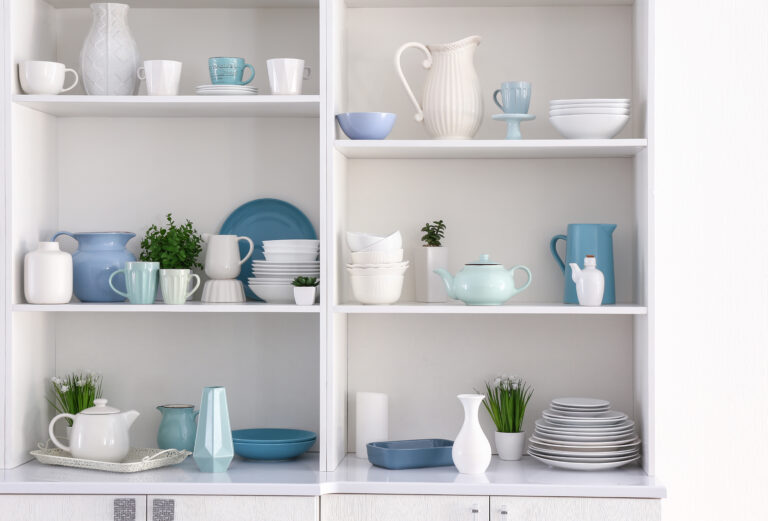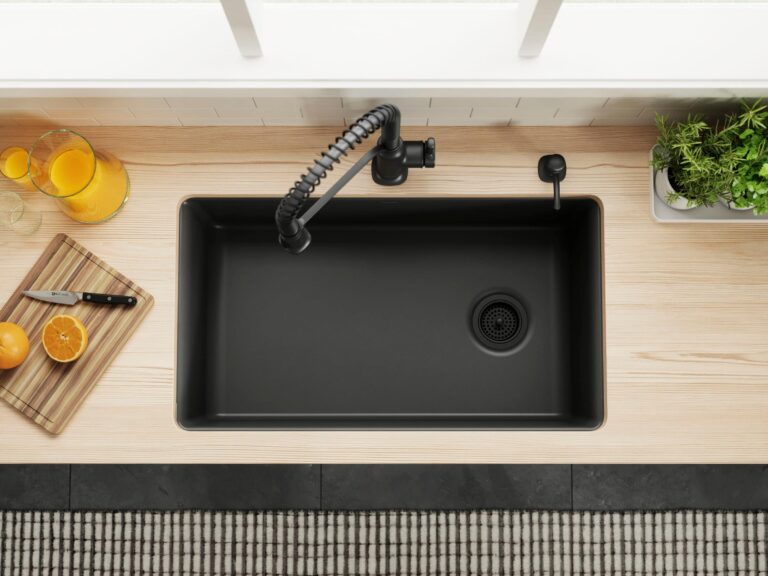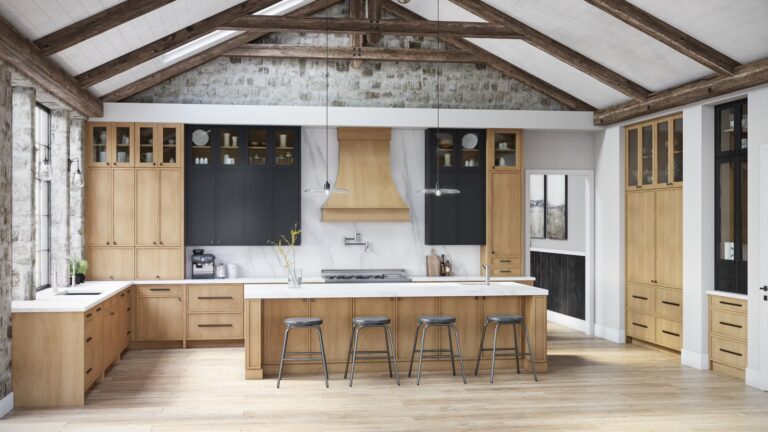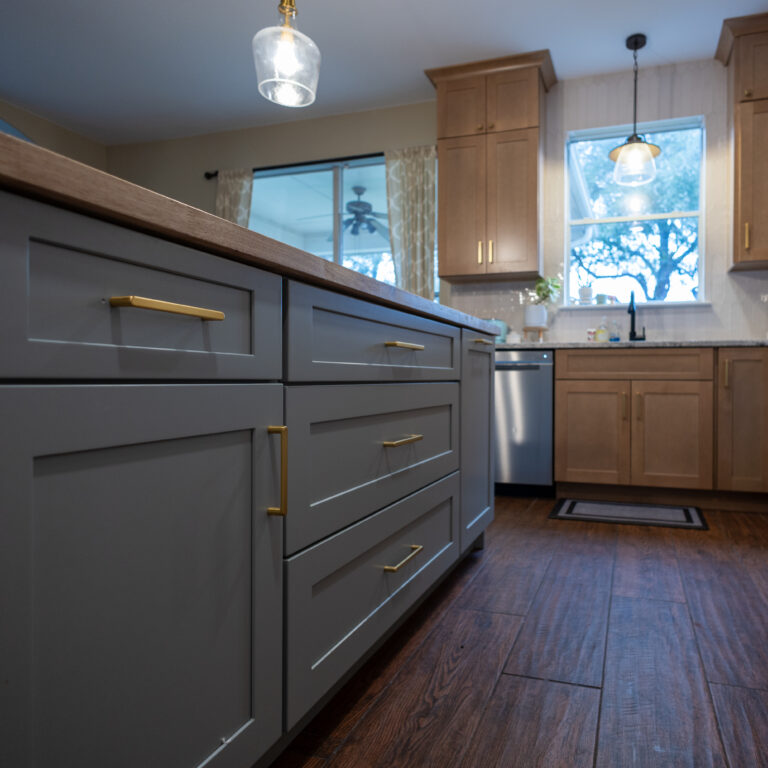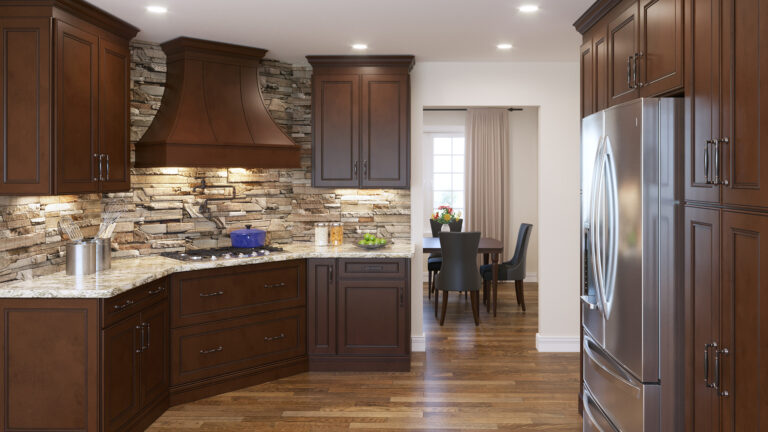When selecting the perfect stone for your kitchen or bathroom, the choice often comes down to quartzite and marble. Both materials offer stunning aesthetics, but they differ in durability, maintenance, and cost. At Liberty Hill Cabinets, we want to help you make an informed decision that complements your cabinetry and enhances your space. Let’s explore the key differences between quartzite and marble to determine which is best for your home.
Understanding Natural Stone in Home Design
Natural stone has long been a preferred material for kitchen and bathroom surfaces due to its timeless beauty and durability. Homeowners seeking elegance and functionality often consider quartzite and marble, two high-end stone options that offer distinct advantages and challenges. Before making a final decision, it’s essential to consider not only the aesthetic appeal but also the performance and longevity of each stone.
Quartzite: The Durable Beauty
What is Quartzite?
Quartzite is a natural stone formed from sandstone and transformed through heat and pressure deep within the Earth’s crust. This process results in an incredibly strong and dense stone that closely resembles marble but offers superior durability and resistance to wear and tear.
Pros of Quartzite:
- Highly Durable: Quartzite is one of the hardest natural stones, making it resistant to scratches and etching, an ideal choice for high-traffic areas like kitchens.
- Heat Resistant: Unlike some other stones, quartzite can withstand hot pots and pans without damage, making it highly functional for cooking spaces.
- Low Maintenance: Sealed quartzite requires minimal upkeep compared to marble, reducing the need for frequent resealing and polishing.
- Marble-Like Aesthetic: If you love the look of marble but want a sturdier option, quartzite provides a similar luxurious appearance with greater resilience.
- Resistant to Stains and Chemicals: When properly sealed, quartzite resists staining from spills and cleaning products better than marble.
Cons of Quartzite:
- Requires Sealing: To maintain its stain resistance, quartzite needs periodic sealing, especially in high-use areas.
- Limited Color Variations: While beautiful, quartzite doesn’t offer as many color and veining variations as marble, limiting customization options.
- Higher Cost Than Some Alternatives: While more affordable than premium marble, high-quality quartzite can be expensive, requiring a higher upfront investment.
- Can Be Difficult to Fabricate: Due to its hardness, quartzite is more challenging to cut and shape, which can increase installation costs.
Marble: The Timeless Classic
What is Marble?
Marble is a metamorphic rock known for its luxurious appeal, classic veining, and smooth surface. It has been used for centuries in high-end architecture and design. Formed from limestone subjected to intense heat and pressure, marble develops unique veining patterns, making every slab one of a kind.
Pros of Marble:
- Elegant Appearance: Marble’s timeless beauty adds a sophisticated touch to any space, making it a preferred choice for luxury interiors.
- Variety of Colors and Veining: No two slabs of marble are identical, offering an exclusive, high-end aesthetic to your home.
- Cool Surface: Marble remains naturally cool, making it an excellent choice for baking areas, pastry-making, and bathrooms.
- Boosts Property Value: Homes with marble countertops and surfaces often see an increase in resale value due to the material’s high-end reputation.
- Ages Gracefully: Over time, marble develops a patina that adds to its charm, making it more beautiful as it ages.
Cons of Marble:
- Prone to Scratching and Etching: Acidic substances like lemon juice, wine, and vinegar can cause etching on marble surfaces, requiring careful use.
- Higher Maintenance: Marble requires frequent sealing and gentle cleaning to prevent stains and maintain its pristine appearance.
- Less Durable Than Quartzite: Being a softer stone, marble is more susceptible to chips, scratches, and wear over time, making it less ideal for busy households.
- Absorbs Moisture: If not sealed properly, marble can absorb water and oils, leading to discoloration and stains.
- More Susceptible to Stains: Due to its porous nature, marble can stain more easily than quartzite, especially from oils and colored liquids.
Comparing Quartzite and Marble in Different Applications
1. Kitchen Countertops
- Quartzite: Ideal for homeowners who need a highly durable and heat-resistant surface that withstands daily cooking activities.
- Marble: Best for homeowners who prioritize aesthetics over durability and are willing to commit to regular maintenance.
2. Bathroom Vanities
- Quartzite: A great option for high-use bathrooms where water and soap exposure are frequent, reducing concerns about staining.
- Marble: Adds a luxurious touch but requires careful maintenance to prevent water damage.
3. Backsplashes
- Quartzite: Offers a sleek, modern look with low maintenance.
- Marble: Provides intricate veining and timeless elegance, perfect for high-end kitchen designs.
4. Flooring
- Quartzite: Extremely durable and resistant to heavy foot traffic, making it suitable for high-use areas.
- Marble: Adds sophistication but requires more maintenance to avoid wear and tear.
Care and Maintenance Tips
Regardless of the stone you choose, proper care is essential to maintain its beauty and functionality over time. Here are some maintenance tips for each:
Quartzite Maintenance:
- Clean with mild soap and water or a pH-neutral stone cleaner.
- Avoid abrasive pads and harsh chemicals.
- Seal the surface once or twice a year to enhance stain resistance.
- Use cutting boards to prevent dulling the finish over time.
- Wipe spills promptly to avoid potential discoloration.
Marble Maintenance:
- Wipe up spills immediately to prevent etching and staining.
- Use coasters and cutting boards to protect the surface from acidic substances.
- Reseal every six months to maintain a protective barrier.
- Clean with a damp cloth and a gentle stone cleaner.
- Polish periodically to maintain its glossy appearance.
Cost Considerations
Quartzite and marble are both premium materials, and their cost varies depending on quality, color, and sourcing.
- Quartzite Price Range: Typically ranges from $60 to $200 per square foot, depending on the stone’s rarity and origin.
- Marble Price Range: Generally falls between $50 to $250 per square foot, with rare varieties commanding higher prices.
Installation costs should also be factored into your budget, as both materials require professional installation due to their weight and complexity.
Which One Should You Choose?
Choosing between quartzite and marble depends on your lifestyle, budget, and design preferences.
- Quartzite is Best If: You need a durable, low-maintenance stone that mimics marble’s beauty without the high upkeep.
- Marble is Best If: You prioritize timeless elegance and are willing to put in the effort to maintain its pristine condition.
Final Thoughts: Let Liberty Hill Cabinets Help You Choose
At Liberty Hill Cabinets, we understand that selecting the right materials is crucial for your dream kitchen or bath. Whether you prefer the strength of quartzite or the timeless elegance of marble, our expert team can help you find the perfect cabinetry to complement your stone surfaces.
Visit our showroom to explore our range of high-quality cabinets and countertops. Let us help you bring your vision to life with the perfect combination of durability, beauty, and craftsmanship!

